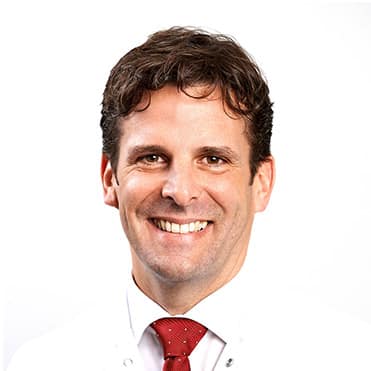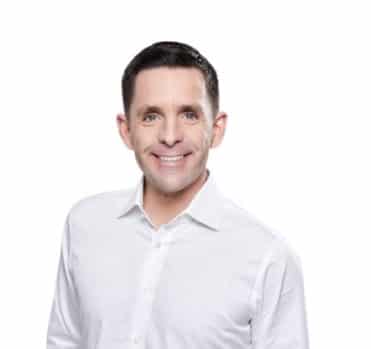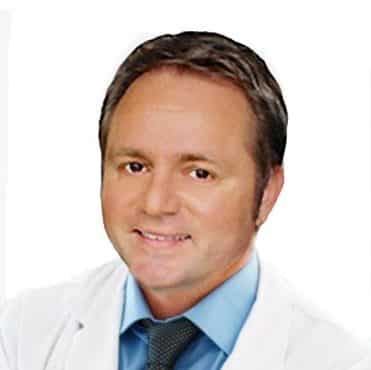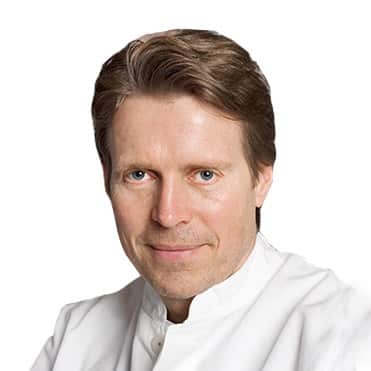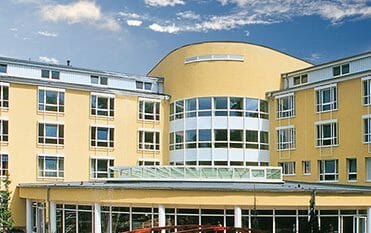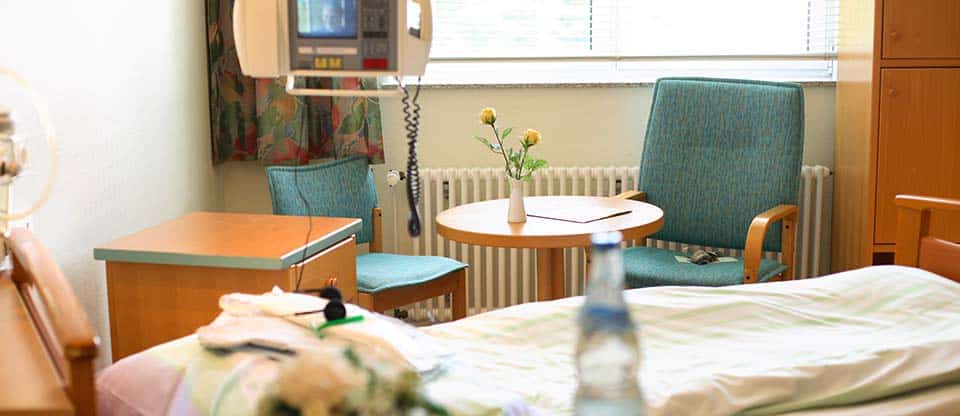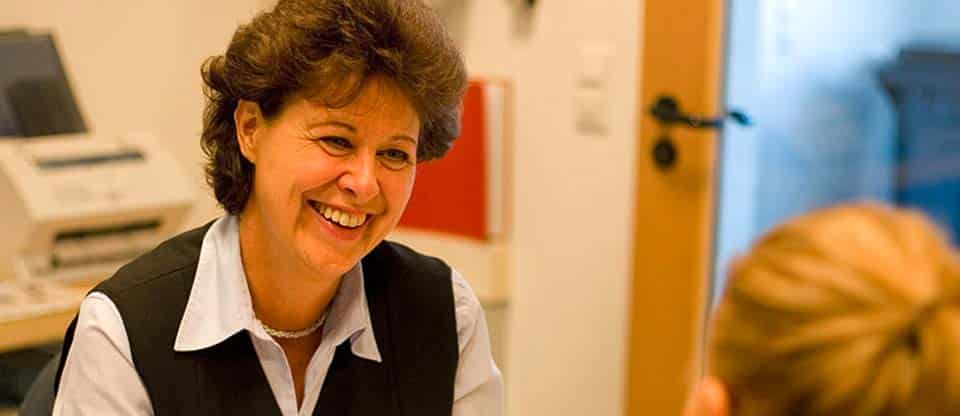This clinic is not just an ENT department, but a center where the patient can immediately solve all, often closely related, problems of ENT organs. About 4,000 patients are treated here every year and more than 2,400 surgeries are performed.
The scope of the otolaryngology clinic includes diagnostics, conservative and surgical treatment, prevention and rehabilitation of all diseases of the ear and organs of the vestibular apparatus, nose, paranasal (paranasal) sinuses, pharynx, larynx, salivary glands, lymphatic system of the head and neck, upper respiratory and digestive pathways, cranial nerves in the head and neck, as well as taste and smell organs.
In the non-surgical department, our clinic specializes in hearing loss, balance disorders and allergic diseases. For this, wide diagnostic possibilities are available, such as electronystagmography, craniocorpography and posturography for an objective study of the function of the balance system, as well as a special auditory test in the form of electrical reaction audiometry for objectifying hearing impairments. Dysphonia, dysarthria and dyslalia, as well as children's hearing disorders are treated in our separate functional unit of phoniatrists and pediatricians.
Ear microsurgery
Ear surgeries are performed exclusively with the help of an operative microscope. Thus, it is possible to promptly accurately approach for performing stapedotomy, tympanoplasty in the presence of chronic inflammatory processes or developmental anomalies in the middle ear, such as fixed auditory ossicles (with otosclerosis, fixation of the head of the malleus). To improve hearing, the most modern titanium prostheses are used in the operation. In addition, hearing-impaired patients can be provided with implantable hearing aids fixed in bone tissue. In isolated cases, in patients with Minier's disease, a sacculotomy is undertaken (dissection of the spherical sac of the membranous labyrinth). Operational access is carried out from the sides of the base of the skull and after individual planning of the course of the operation using a microscope, neuromonitoring and neuronavigation.
Surgery of the paranasal sinuses
Chronic inflammations, papillomas or tumors of the paranasal sinuses are operated sparingly under endoscopic and microscopic control. It also retains the broadcast of continuous video monitoring using an HD camera system (digital cameras with high resolution). During complex operations, the use of individual neuro-navigation and the targeted use of multi-plane radiological layered imaging techniques increase the reliability of the intervention. During lacrimal canal surgery, the lacrimal sac is opened through the nasal cavity - the skin incision and the subsequent long-term healing are eliminated. The defect of the nasal septum, up to a certain size, is closed under the control of a microscope, sometimes an ear cartilage transplant is used. Operations on the anterior part of the skull base are also performed after individual planning of the course of the operation using a microscope, neuromonitoring and neuronavigation.
Plastic aesthetic surgery
Objectively disturbing forms of the external nose are eliminated after the development of an individually agreed plan of surgical intervention. At the same time, in almost all cases, it is possible to simultaneously eliminate the existing violation of nasal breathing. Long postoperative recovery is of great importance. This also applies to the program for the correction of protruding ears, anomalies in the location of the auricles, drooping eyelids, lacrimal sacs, flaccid skin of the neck.
Microsurgery of the salivary glands
To eliminate diseases of the large salivary glands, often leading to inflammation or tumors, a targeted microscopic representation of the nerve branches with simultaneous electrophysiological observation (neuromonitoring) is used, which makes it possible to optimally treat the nerve.
To preserve such important functions as speech and swallowing, an individual program for the treatment of tumors is selected, agreed upon at the consultation on the treatment of volumetric formations, as well as the most modern LASER techniques and microvascular anastomosing transplants are used.
Tumor surgery
An individual tumor treatment program is agreed upon at a multidisciplinary conference on the treatment of mass lesions. To preserve such important functions as speech and swallowing, the most modern LASER techniques and microvascular anastomosing grafts are used. This technique has proven itself especially well in reconstructive operations on the tongue and palate.
Video
Request appointment
Useful links


